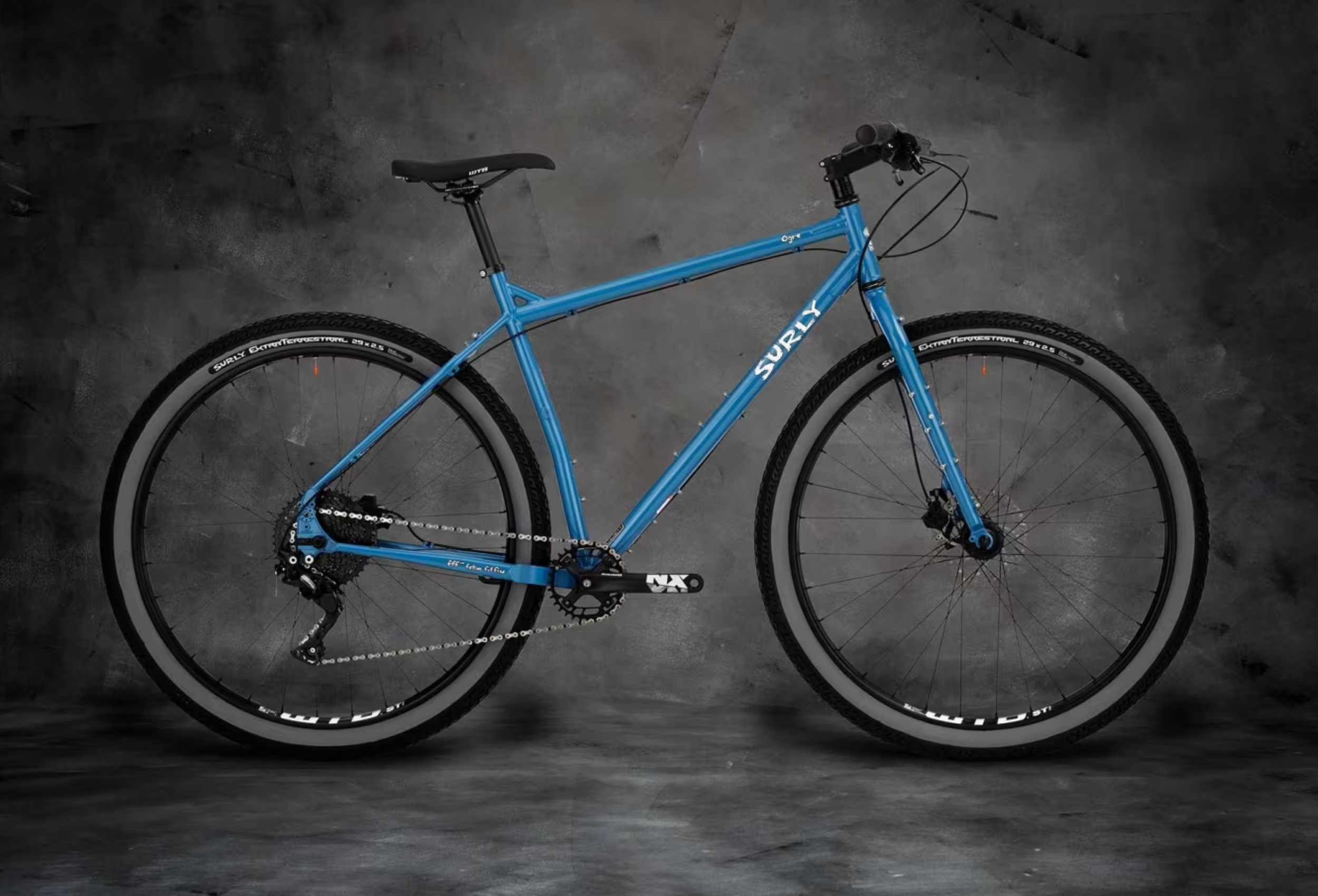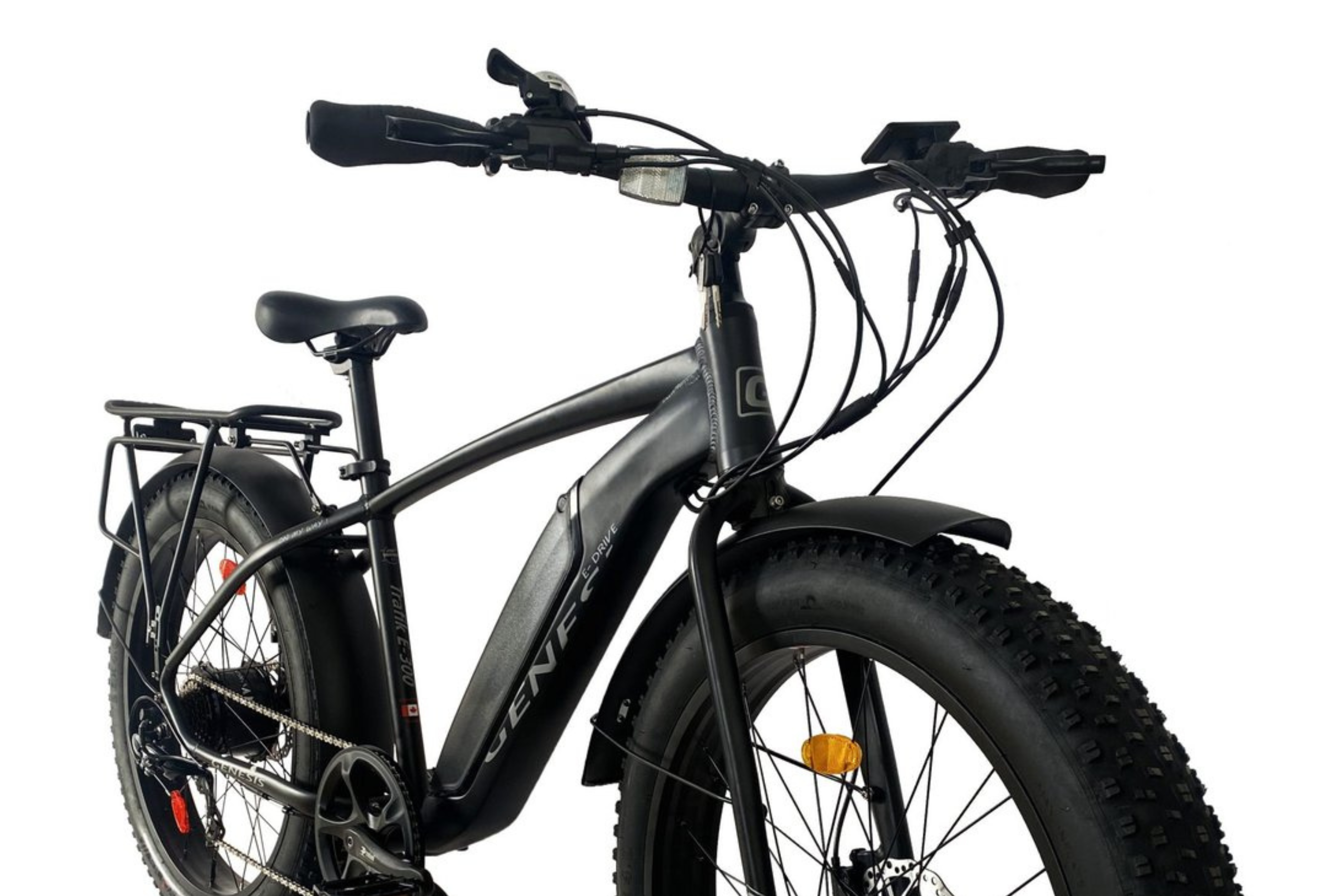
Around the ages of one and a half to two years, most kids obtain their very first pair of wheels in the shape of a Bicycle for kids. The bike is the first step to pedaling away easily inside or in backyards. The tricycle gives place to a bicycle with training wheels or a balance bike a few years later. Learning to ride and teaching your kid to spin is a rite of passage for the child and parent. Cycling is a sort of play and later a growth tool. It offers children the physical movement they need and encourages them to mix with other kids outside instead of being focused inside and concentrating on one computer to another. And when kids become bigger, the bicycle offers freedom and a means to move about.
Bicycle for Kids Right Age to Learn the Bicycle
Most youngsters learn to bike anywhere between the ages of three to seven years of age. Six to seven years is beneficial rather than when they are younger. At that age, most young individuals can balance, steer, have the requisite hand-eye coordination, pull the brake levers, and have the leg power to pedal and grasp basic directions. Yes, they are the multi-skills that are essential for everyone to bike. As adults, most of us have forgotten all the competences that come together to pedal. The age range is not fixed in stone. Use your gut and remember that not all kids will be ready to acquire a new skill at the same age. Let your youngster take their time and not feel rushed.
How long would it take to teach a child who is ready to learn?
It depends a lot on the kid, and every one of them is unique. Some lessons may suggest 5 minutes, others 45 minutes, and still another three days. Don’t worry about time. We will assist you in discovering a way that has worked for most youngsters to learn to bike in a short timeframe.
Pre-teaching Requirements
You presumably would utilize their bicycle, which was first equipped with training wheels. Check that it is the proper size by having the kid straddle it with both feet firmly planted on the ground, guaranteeing a space of 1-2 inches from their crotch to the top tube. Also, check that the reach of the bike seat to the handlebars is comfortable without the youngster having to lean forward or overstretch their hands. Additionally, ensure that the youngster can reach the brake levers while gripping the handlebars and comfortably utilizing them.

Prepare the bicycle for training by removing the pedals off and lowering the seat to lower it so that the trainee biker is sat on the saddle and their feet may touch the ground. Now you’re all ready to follow the 6-Step Glide Method.
6-Steps Glide Method Bicycle for kids
Gliding is a popular approach, and dozens of trainers and parents have had success training youngsters with this manner. This strategy works for adolescents who have previously ridden bicycles with training wheels.
Step 1: Mounting & Dismounting
Have the youngster practice mounting and dismounting with one foot planted firmly on the ground and the other to be raised over the bicycle over the back wheel and across the seat and put on the floor.
Step 2: Using Brakes
Get the youngster to walk alongside while rolling their bike and stop at intervals using the handbrake levers. By performing this activity, kids will grow accustomed to utilizing brakes, and it will seem natural when they start pedaling.
Step 3: Scoot Along

While sitting on the saddle, have the youngster utilize huge steps on one foot and then the other to scoot forward. At all times, encourage the youngster to concentrate and monitor their direction of travel and not at their feet. Instinctively, a new pupil prefers to gaze down, necessitating the trainer to continually urge them to look forward.
Step 4: Gliding
Get them to scoot with both feet simultaneously and glide for longer distances as they balance and gaze forward in the direction of their riding. They need to practice this until they are comfortable and confident.
Step 6: Putting it all Together
Put back the pedals one at a time and let the youngster practice additional glides with one foot on the pedal. Once the youngster feels comfy putting one foot on the pedal and the other foot to glide, you may connect the second pedal. Now encourage them to go forward gently by utilizing the pedals. When they have trained well and are confident, they may try to stop the bicycle by applying the brakes.
Balance Bike to Bicycle for kids

If the child’s first bicycle happens to be balanced, then the training process would be significantly different as they have already worked out balancing on two wheels. You would next help them in utilising a pedal bike by following these procedures. But first, check the place you chose is secure from traffic and clear of barriers and debris, and stones. Adjust the saddle height so that the balls of their feet may touch the ground.
Step 1: Stand behind the bicycle, hold the kid under the arms, and stabilize the bike’s rear wheel between your knees until the youngster gets into the cycling start position.
Step 2: Let the youngster cycle as you walk or run alongside and softly support by holding under their arms or shoulders. As they peddle and the motion balances the bike, you may softly grip to support and even take away temporarily in between. Continuing this exercise would ultimately lead the youngster to be able to ride alone. One huge do-not in this technique Don’t be tempted to lend support by grasping the bicycle seat, the handle, or elsewhere on the bicycle.
Step 3: Get them to walk alongside while rolling their bike and halt occasionally by pushing on the brakes. Let them know that the pull on the brake lever ought to be a gradual action and not sudden.
Bicycle for Kids A Few Don’ts
1) Most have learned with a parent or an adult relative who held the seat from behind and ran alongside while we pedaled. It’s not an efficient method, partly because the act of jogging alongside tends to jiggle the bike and undermine whatever balance skill the youngster should be developing.

2) Don’t hurry the speed of the youngster. others youngsters may take longer, while others may be speedier taking up the ability. Remember, this is an enjoyable pastime, and it should be such.
3) Don’t make all these steps a single event or a one-day activity. Some students would find a break or return to continue studying better and not pressurizing.
No one, particularly young children, responds well to stress, pressure, or negativity. Stay optimistic and patient while the youngster is learning. It should be a nice and pleasurable experience. If it stops being that way, take a break and begin the following day.
Once the Bicycle for kids is riding easily, have them practice to build trust. As they become a little bigger, you may teach them about safety while going on roads, how to use hand signs and spot signboards, and then they can go on to longer rides and on streets.


